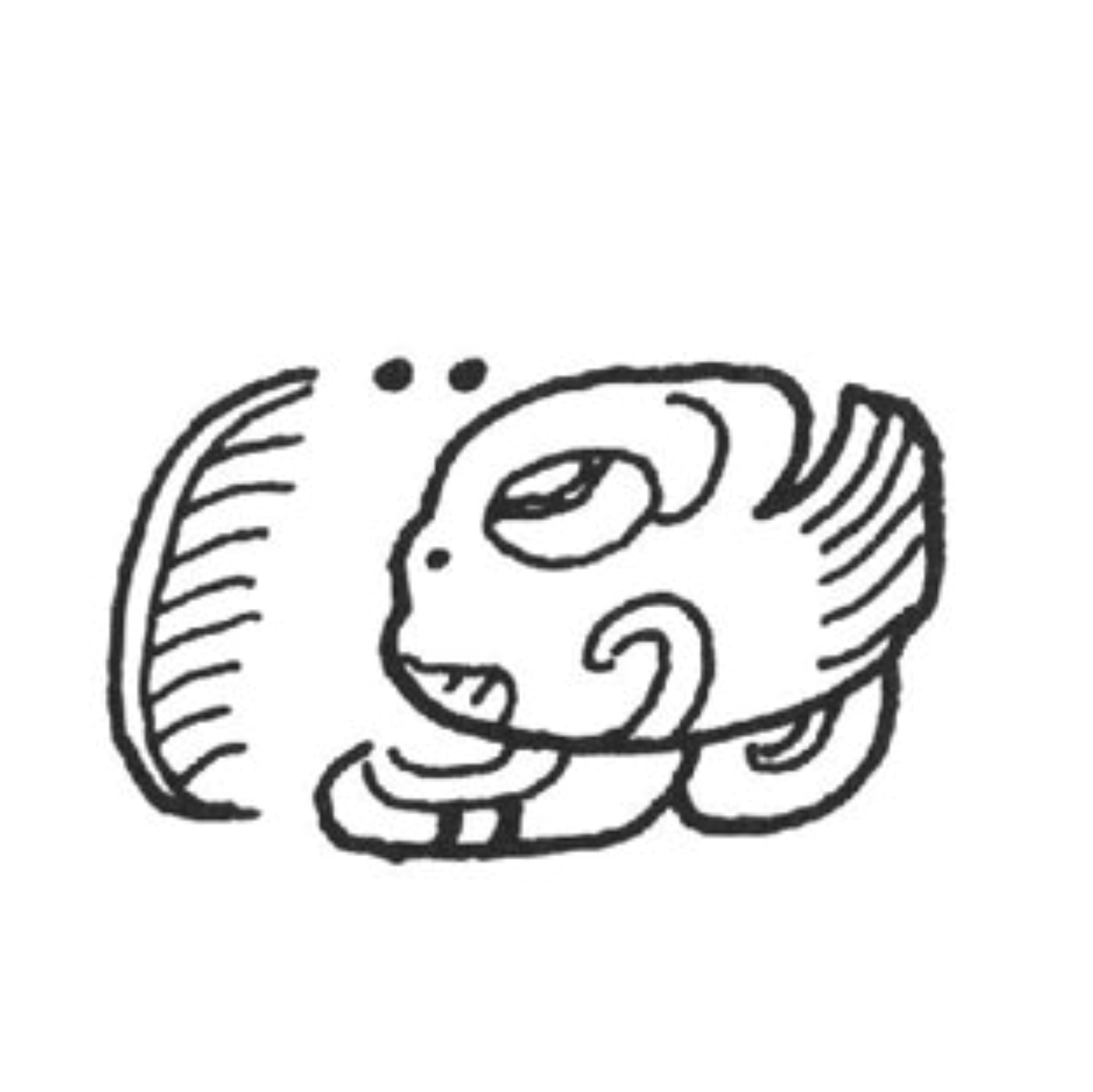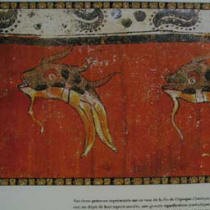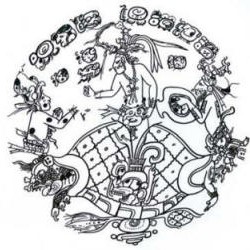The Maya glyph for cocoa

Why does it have the shape of a fish? The following explanation is shared by Mrs. Tixier, a Maya specialist, living in Toulouse in France.
Since we first read that the glyph right here represents cocoa, we were wondering why it was in the shape of a fish.
Until a conference given by Madame Tixier, a pharmacist and chocolate specialist from Toulouse, where we were able to hear her interpretation inspired by the Popol Vuh.
The Popol Vuh is the big sacred book of the Quiché Mayans from the high plateaux of Guatemala. It's a work of great poetic beauty, which begins with the creation of the universe and ends with the Spanish conquest.

This mythological and esoteric epic was passed down orally and transcribed into Latin around 1550 by a Spanish priest, Francisco Ximenez.
It's a rather complicated text, which has various different translations and different interpretations. One episode recounts how the first twins, children of the creators of the Universe, were coaxed into the underworld to play ball. Beheaded by the gods of this sinister place for having dared to enter into their kingdom, the head of one of them, Hun Hunahpu, the god of maize, was attached to a tree- the cocoa tree.

One day, the daughter of a god, having heard the story, came to stroke this head without a body. She then found herself impregnated by magic. To escape her father's anger, the young girl fled and climbed up to earth where she gave birth to twins, Hunahpú and Xbalanqué.
Deciding to seek vengeance for their father, they went back to the underworld where the gods burnt them alive and threw their ashes into a river. Five days later, the twins reappeared in the form of fishes and after many adventures became the sun and the moon.

This scene represents the resurrection of the corn god, Hun Hunahpu, out of the earth, represented by a turtle shell.
His sons, Hunahpu and Xbalanqué are shown assisting their father and all three are accompanied by their identifying name glyphs. Interior of a late classic Maya ceramic bowl.
In several later works, it's written that one of the two brothers, Hunahpú, invented a way of using cocoa.
So the cocoa- fish link is established in this story. But is it an explanation for the fish shape of the Mayan glyph, which represents the word cocoa?